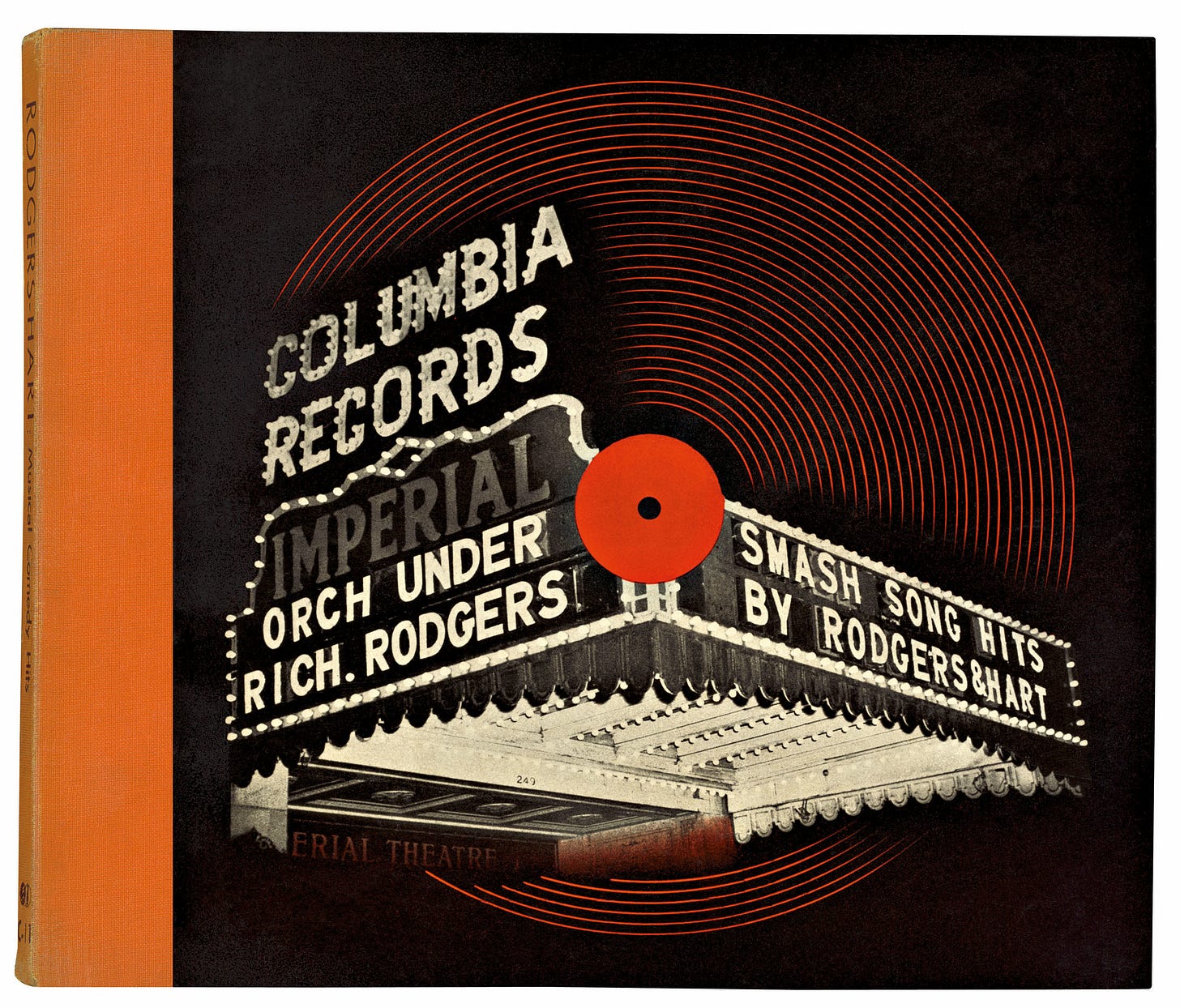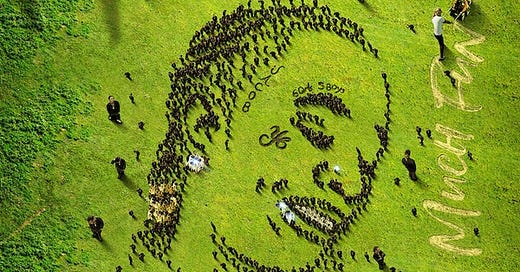In 2019, The New York Times music critic Jon Caramanica asked, “What’s the Point of Album Covers in the Post-Album Era?” on an episode of Popcast. Along with designer Teddy Blanks, the two men discussed their favorite modern covers, including Young Thug’s So Much Fun, which is made up of hundreds of tiny Young Thugs (803 to be exact).

Blanks was baffled as to why this cover had not garnered further attention from respected design groups. It was genius. With streaming services, like Spotify and Apple Music, minimizing cover art to a measly 2-inch square on your preferred device, it’s fair to say that not many may have noticed the meticulous detail of the designer, Fano. If more had seen the cover of So Much Fun at, say, their local record store in full 12-inch glory, a different reaction might have occurred. But it was never released on vinyl to receive that kind of treatment, a sign of the times that we live in.
Caramanica and Blanks suggest that perhaps different yet cohesive album artwork should be made for the different formats we listen to music through, even going so far as to suggest if cover art should be optional on streaming platforms. Album covers… a dying art? The horror.
Within the 80+ years that album art has been around (the first cover was created in 1939 by Alex Steinweiss, an art director and designer at Columbia Records), we’ve seen mediums come and go alongside the rapid growth of technology.

There was the vinyl, the record player, the walkman, the tape, the boombox, the CD, the iPod, and now the streaming platforms. Within a lifetime, we’ve downsized from 12-inches stored in crates to 2-inches stored in our pockets. But where is the archived history of it to look back on?
As a person who came into my love of music through record covers, old 35mm photos, and 16mm film cuts of tours and behind-the-scenes of musicians, I’ve found myself frustrated with the lack of information on the art of cover art throughout the ages. So much labor and detail go into making a cover, from the inception and creative direction to the photography and illustration to the layout and design; it takes an army. Just like looking at a work of art in a museum, I’d love to look at an album cover and have the same information at my fingertips without digging through Discogs and zooming in on the pixelated photos to read the tiny credit print. Who photographed it? Who designed it? What was the intention behind it?
During my sophomore year of college, I took the mandatory Art History 101 class, memorizing the dates, artists, and techniques of hundreds of various artworks spanning from Renaissance to Modern. It wasn’t until the 1940s that photography began to be accepted as fine art within the canon of art history, and now in 2021, I’m attempting to incorporate album art. So, welcome to The Library of Cover Art, newsletter edition (I’ve also been archiving my favorite covers on my Tumblr of the same name), where I’ll aim to gather as many sources and ideas around what makes album art, art.
This isn’t your “100 Best Album Covers of All Time” listicle where you’ll read about the baby on Nirvana’s Nevermind and where he is now. Every two weeks, I’ll be exploring everything from cover art across decades and genres to trendy and niche design elements, rare editions, censored artwork, how technology and culture have influenced the album cover, specific artists’ discography, and beyond.
I’m constantly learning more as I go, always discovering more in the depths of the record bins and the unorganized chaos of Discogs. I’m no Ph.D. on the art history of album art (although, goals…), so if you find anything that might be of importance to the timeline and art history of album art, please reach out!
I’m looking for this to be a free public educational source since there is yet to be full documentation on the art history of album art. But if you have $5/ month to spare, it would be super helpful in furthering my research. Or if you think a friend might enjoy this kind of thing, the best way to pay it forward is just by sharing.



